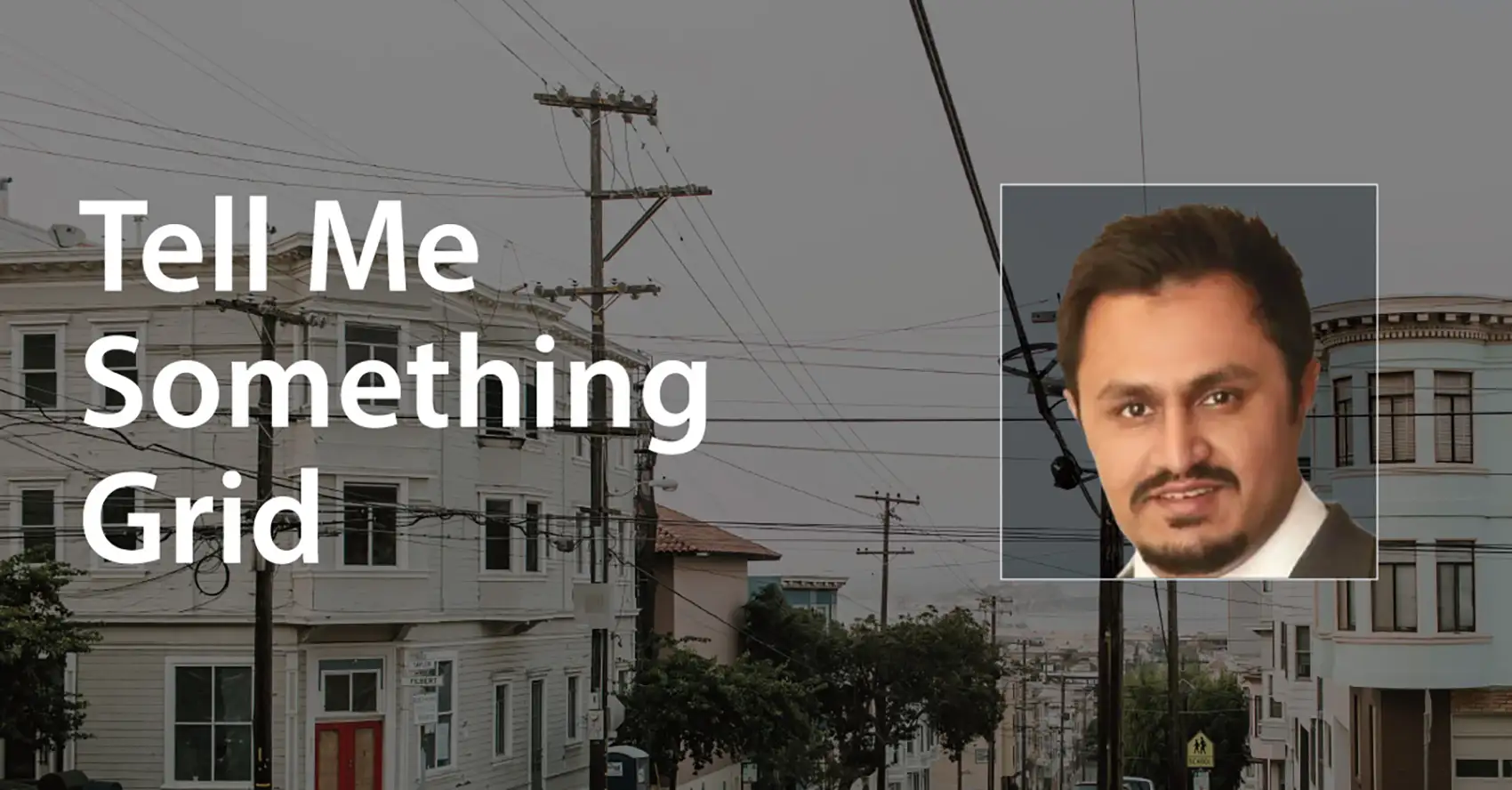A Walk Through the Evolution of Distribution Grid Tools at NREL and Beyond
NREL Researcher Reflects on the Significant Progress of Grid Modeling Approaches To Bridge the Gap Between Transmission and Distribution

Fifteen years ago, the planning for a new substation upgrade barely considered how distributed energy resources (DERs) might impact the larger grid. Today, failing to account for them could lead to overloaded transformers, grid instability, or even power outages.
Power system planners have traditionally focused on the bulk power system, but the local distribution system is no longer just a passive delivery system. It is an active, dynamic part of how we generate, use, and balance electricity across the entire power system.
Over my nearly 15 years in power systems research, I’ve watched grid modeling tools evolve dramatically to reflect the growing interactions between transmission and distribution. I’m excited by the sophistication of our distribution tools today and where we are going next.
Phase 1: The Distribution Grid Is a Black Box (2005 to 2015)
When I became a scientist at the Austrian Institute of Technology in 2013, most grid planning tools focused simply on transmission. Anytime a question about distribution came up, we had to build a new tool—and we were getting a lot more questions as new technologies started to be adopted by consumers. We spent significant resources building and validating new capabilities for specific projects, but those tools did not operate well together.
Also, a big challenge we faced at the time was that the distribution system was not well studied, and there are fundamental differences between the distribution and transmission systems.
Electricity travels on three wires (or “phases”) from generation to a substation and then to distribution. Power generation and loads are usually balanced across the three phases. However, once electricity reaches neighborhood streets, it splits into one, two, or three phases. The loads vary across the phases based on the street (e.g., a street with a large commercial building has a bigger load). Utilities have to balance the loads as much as possible, but the North American distribution system is inherently imbalanced.
Given the lack of data on the distribution system, we used stock profiles and attached them to all loads in the system. This of course was an oversimplification that did not allow us to accurately capture the diversity of loads within the distribution networks.
Thankfully, smart meters came into the picture in the late 2000s. These devices automatically send utilities detailed data on home and business electricity usage, voltage, demand, and pricing and gave us more insight into the distribution grid for the first time. That data helped inform tools like OpenDSS, which became an open-source modeling engine for distribution planning and power quality analyses in 2008.
Phase 2: Distribution Simulations Become More Realistic (2015 to 2020)
When I joined NREL in 2018, distribution modeling had grown as a research focus in the past two decades, but we still found ourselves building a new tool for every distribution question.
During this time, smart meters were becoming more widespread, which gave us the insights to make realistic modeling assumptions for the distribution system. As a result, we created PyDSS, the Python Distribution System Simulator, an advanced, open-source platform for distribution system modeling that extends the capabilities of OpenDSS to better represent smart-inverter functions and provide easy support for user-defined controls.
Using PyDSS, we could simulate distribution systems with high levels of DERs, evaluate advanced grid controls, and conduct large-scale scenario analyses for planning and resilience. We also saw a path toward co-simulating distribution and transmission for the first time with tools like the Hierarchical Engine for Large-scale Infrastructure Co-Simulation (HELICS).
Phase 3: Co-Simulation Gains Momentum (2020 to present)
The accuracy of our modeling has improved significantly in recent years, but we still needed a way to connect all the tools we created. Having developed HELICS in partnership with other national laboratories through the U.S. Department of Energy's Grid Modernization Laboratory Consortium, we now had a means to bridge the gaps between many of our grid modeling tools.
HELICS can connect two or more existing tools, allowing them to exchange data in real time during the simulation. It is not limited to distribution tools—it can also connect transmission, grid controls and communications, transportation, water, and gas. That means we could simulate multiple sectors simultaneously under varying conditions for the first time and study an energy system as a whole.
Upcoming Phases
The next exciting iteration of distribution modeling is CADET: Capacity Expansion Decision Support for Distribution Networks. The capacity expansion problem in the distribution space looks completely different than the transmission space—and stakeholders need a tool to make informed decisions about investing in distribution network upgrades. CADET intends to fill this critical gap and is the first capacity expansion tool dedicated solely to the distribution network.
From my 15 years in power system research, I’ve learned we can never have one model to do it all. It’s like building an aircraft: Every part must work together, but you need to study the individual components with specialized tools, like thermodynamics or aerodynamics modeling. The difference now is we have the integrated tools and expertise to make all the components talk to each other.
Our long-term goal is to have one automated workflow for capacity expansion, production cost, and power flow modeling for transmission and distribution. With the momentum we've built—and NREL’s unique leadership in energy systems planning—I’m confident we can get there.
Read more from NREL's Tell Me Something Grid series, and sign up for NREL's energy analysis newsletter.
Last Updated May 28, 2025
